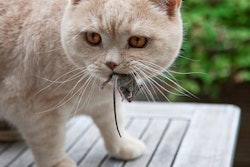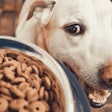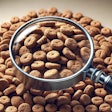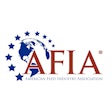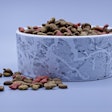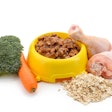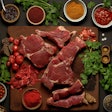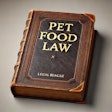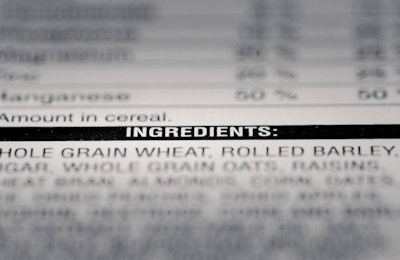
The top item of note at the Association of American Feed Control Officials (AAFCO) annual meeting was that a definition and guideline to allow for "human grade" claims on pet food labels were accepted by the general membership and are now in effect. The meeting was held August 1–3 in Pittsburgh, Pennsylvania, USA.
According to the new guidelines, pet foods whose labels bear the claim must be comprised of 100% human-edible materials and the finished pet product must be processed, handled, stored and transported in full compliance with the US Food and Drug Administration (FDA) rules as required for foods for human consumption. Pet food manufacturers must be ready to provide documentation to verify compliance with these requirements. There also will be size restrictions on the label claim itself.
AAFCO Pet Food Committee accomplishments
In addition to its contribution to the work on "human grade" claims, the AAFCO Pet Food Committee has been very busy this past year, as evidenced by the number of items accomplished. The AAFCO Pet Food and Specialty Pet Food Labeling Guide (which includes explanations and examples of correct and incorrect application of the rules) has been published and is now available on the AAFCO website. The cost for non-regulatory personnel is US$200. Also, the working groups charged with proposing new regulations to allow for carbohydrate-related claims and to update the dental claim guidelines have finished their tasks and their reports are being posted on the AAFCO Feed BIN for comment.
As for the continuing work of the Pet Food Committee, it is presently organizing a 1.5-day pet food labeling workshop, scheduled to be held in conjunction with the 2017 Annual Meeting in Bellevue, Washington, USA. Anyone responsible for labeling pet products is encouraged to attend.
Also, two new working groups have been formed under the Pet Food Committee. The Pet Food Labeling Modernization Working Group is exploring means to revise the labeling of pet foods and specialty pet foods in order to make the format more similar to those for foods for human consumption. For example, the guaranteed analysis, which has been the standard for animal feed labels for over 100 years, may be replaced with something akin to the Nutrition Facts box, already familiar to the consumer on food labels purchased for his/her human family members.
The other working group was formed as a result of a request from the Model Bills and Regulations Committee. It is currently considering a number of changes to the Model Bill to address inconsistencies in language as reported by a trade organization. Many changes are purely editorial, but included in the recommendations was a suggestion to insert "domestic" before "dog or cat" in the definition for "pet." This brought up another issue as to the appropriateness of the same term currently used to describe "specialty pet" in the Model Bill. This matter was sent to the Pet Food Committee, which assigned a working group to deliberate on the proposed change.
Ingredient Definitions Committee accomplishments
The Ingredient Definitions Committee has been quite active, as well. In addition to its work in accepting new or amended feed ingredient definitions, much of its efforts of late have been with reorganizing the definitions in the AAFCO Official Publication, such as adding new ingredient categories and renumbering definitions to provide for a more logical order. Among some of the ingredients often used in pet foods, the tentative definitions for bovine colostrum, dried bovine colostrum, Yucca schidigera extract and wheat gluten have been move to official status. The definition for wheat gluten was also amended so that the terms "vital" or "devitalized" no longer needs to accompany the name of the ingredient on finished feed labels.
The Ingredient Definitions Committee has also formed a working group to look at a newly proposed feed term definition "Animal Food" as well as modifying the existing definition for "Feed(s)." This was deemed needed to help standardize use of terms between AAFCO and FDA regulations. The committee also intends to take on the task of reviewing the nomenclature for direct-fed microbials (probiotic microorganisms). Approximately one-third of the existing names are out-of-date, and the committee hopes to make all the necessary changes at once to mitigate impact on the need to modify label declarations after the new names are in place.
For more insights by Dr. Dzanis




